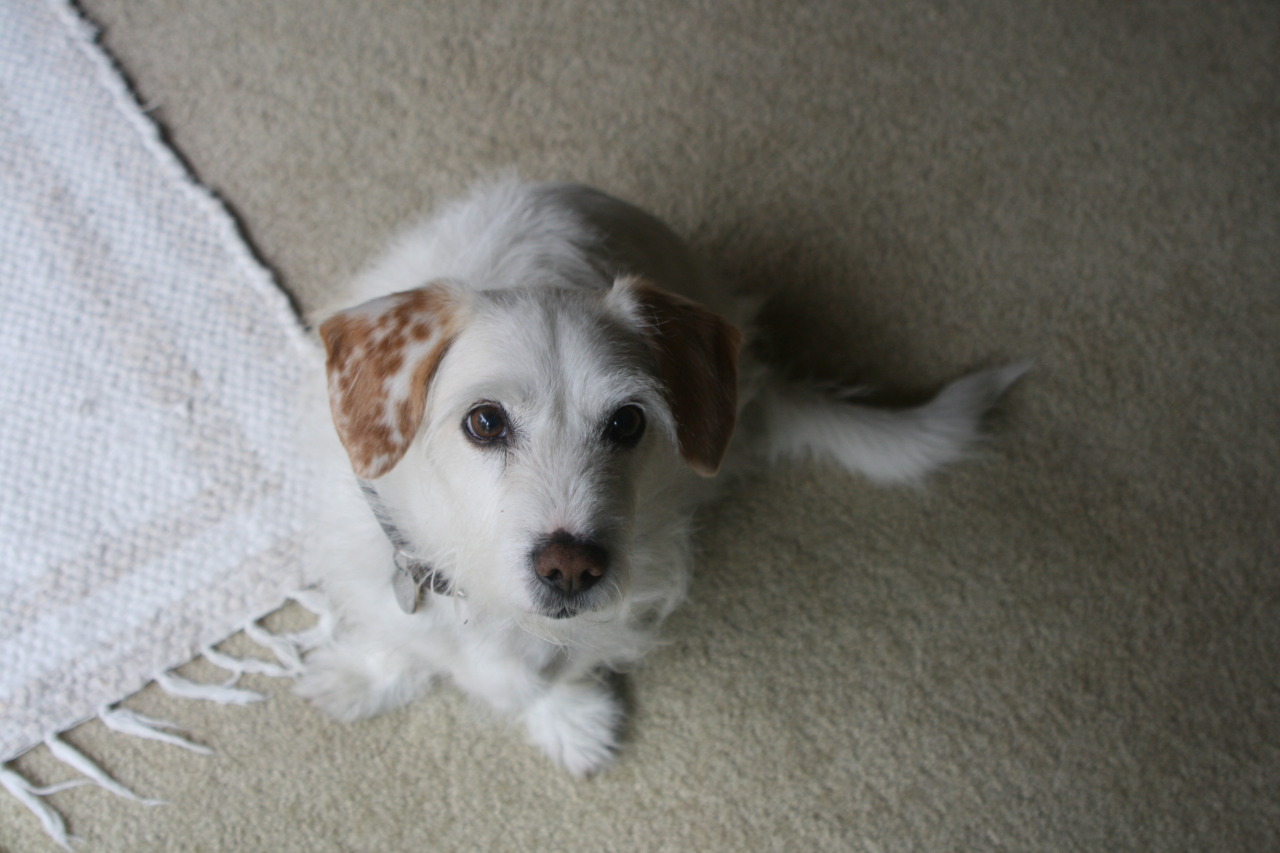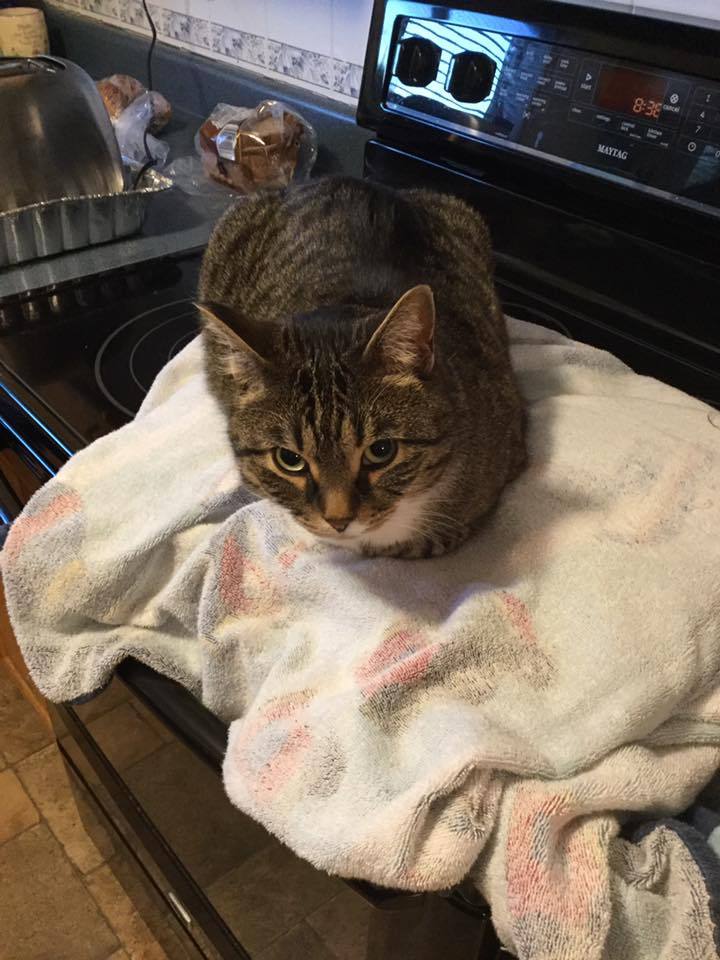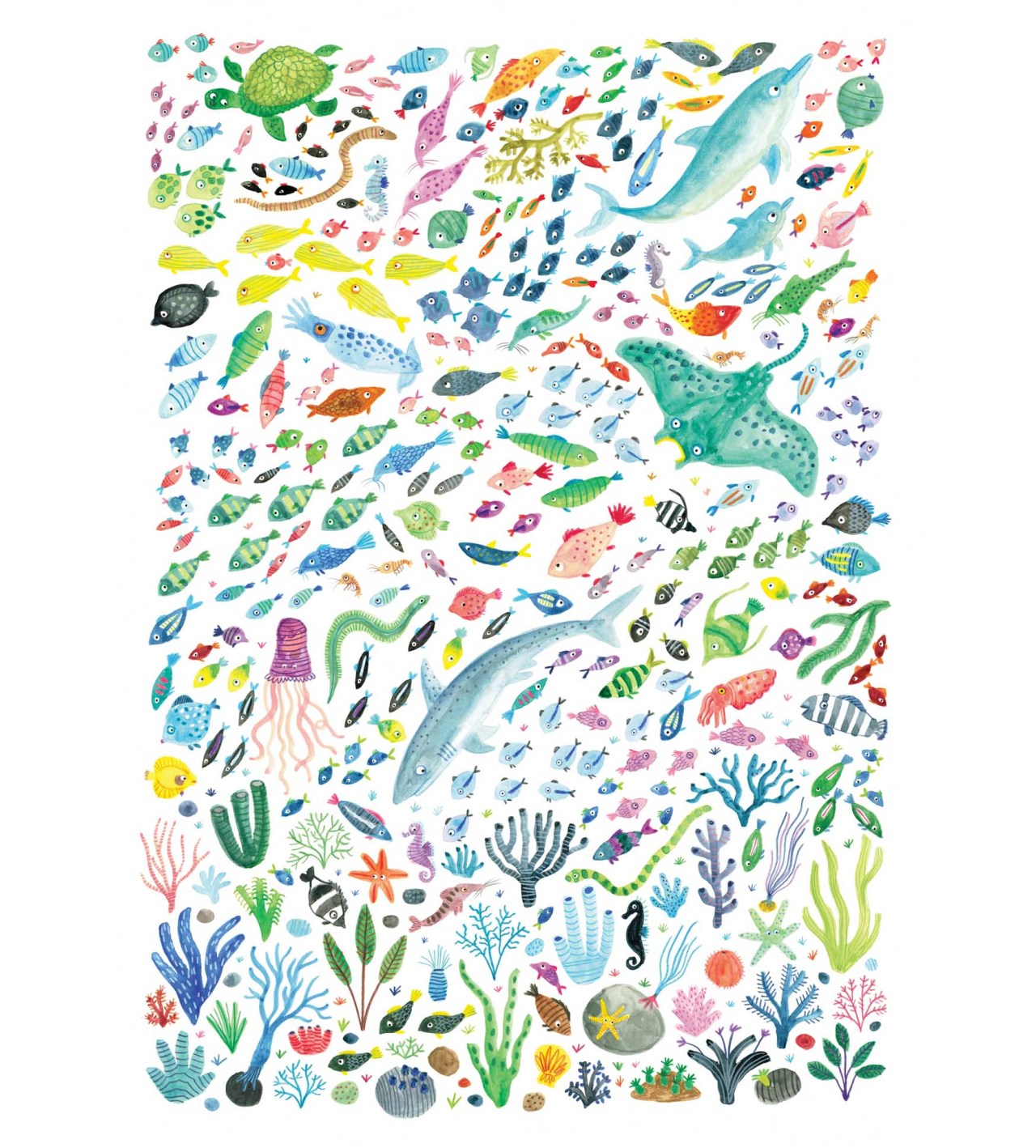Blog
-
-
I heard you like bad girls. I don’t mean to brag or anything but I watch bootlegs of broadway musicals.
-
Side effects of reading a Jane Austen novel
- An improved vocabulary
- A general feeling of happiness
- A higher set of expectations for a possible partner
- A hatred for the names Wickham and Collins
- An enthusiasm for dancing
- A love for introverted male leads
- A fear of going out in the rain, as it may lead to a very serious illness
- A desire to take walks in the countryside
- A newfound love for the word “ardently”
-
-
When I find myself in times of trouble
Maureen Johnson comes to me
Speaking words of wisdom

-
which harry potter character was most likely to wear heelys and why
fred and george. had places to be
they did it’s true. heelys would have helped them tremendously
-
“My mother-in-law was baking one of her awesome Black Forest cakes for my sister-in-law’s birthday. She left the cake cooling and when she went to look…”
Photos/caption by Annie Becker
If not made for sits, why was it made of warms?
“If not made for sits, why was it made of warms?”
The ineffable logic of felinity.
my nayme is cat
and wen is colde
i sneaks in kitchen
brayve and bold
i jumps on counter
tis my norme
i tuck in paws
i sits on warm -
Humans are a communal species that have banded together and cared for their sick, disabled, and elderly since before we were ever modern man. Resources were shared even as skills specialized.
Capitalism isn’t natural. A community should not have members dying of starvation or exposure while there is an abundance of resources. That isn’t how it works. That isn’t how it’s supposed to work.
ok so my roommates are anthropology students and their favorite example for debunking the ‘survival of the fittest’ bs is shanidar 1. (x, x, x)
shanidar 1 is a neanderthal who, at a pretty young age, was hit in the head hard enough to blind him. this also led to that side of his brain shutting down and withering his right arm, and possibly crippling his entire right side. not only that but his skeleton also shows that at some point, he broke a bone in his foot and, in addition to the other factors, resulted in a noticeable limp. there are some sources which say he likely had degenerative diseases. (arthritis was really common in neanderthals)
going off of widespread ideas of “”primitive”” (no longer the word used in anthropology/academia to describe early-modern humans) societies, shanidar probably died really young, deliberately abandoned or killed. i mean, he was severely crippled, blind, etc., he couldn’t contribute anything, he would have been a “”burden to society””, right?
except he lived to be between 40 and 50 years old. (about ~80 in human years)
this means that his social group had to have taken care of him for a minimum of two or three decades without his ‘contributing’ anything significant to the group. this discovery (and Shanidar III’s) was huge because it basically proves that early humans had a concept of hospice. early modern humans cared for the sick and the elderly, greatly extending their lifespan, simply because they cared.
tl;dr: the concept of someone needing to be ‘’useful’’ or ‘’’productive’’’ in society in order to be valued and cared for is a very modern concept and our quasi-predecessors would be ashamed
Also, Shanidar I was buried with flowers. They cared about him after he was dead, too.
TRUUUUUUUUUUUUUUUUUUU -your neighborhood anthro
-
happy april fools. please take this egg

hahahahahha………………..


youve been fooled………………by the april fools beeper……………..it was a fully grown bird the entire time…..no egg………………it tells u it hopes u hav a good april 1st
-
Dive into the depths with my new limited edition, underwater seascape print.
To order a print, visit here




